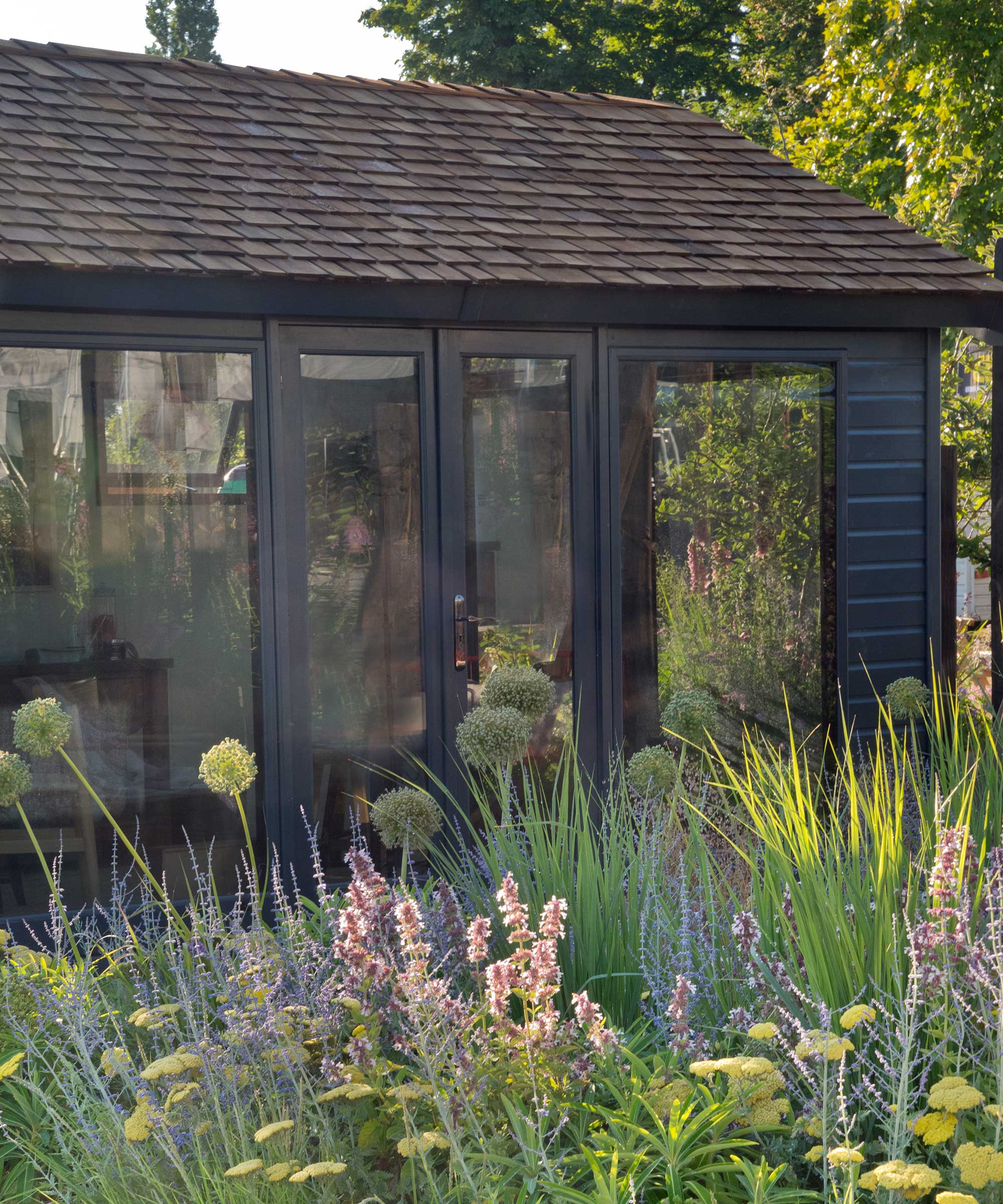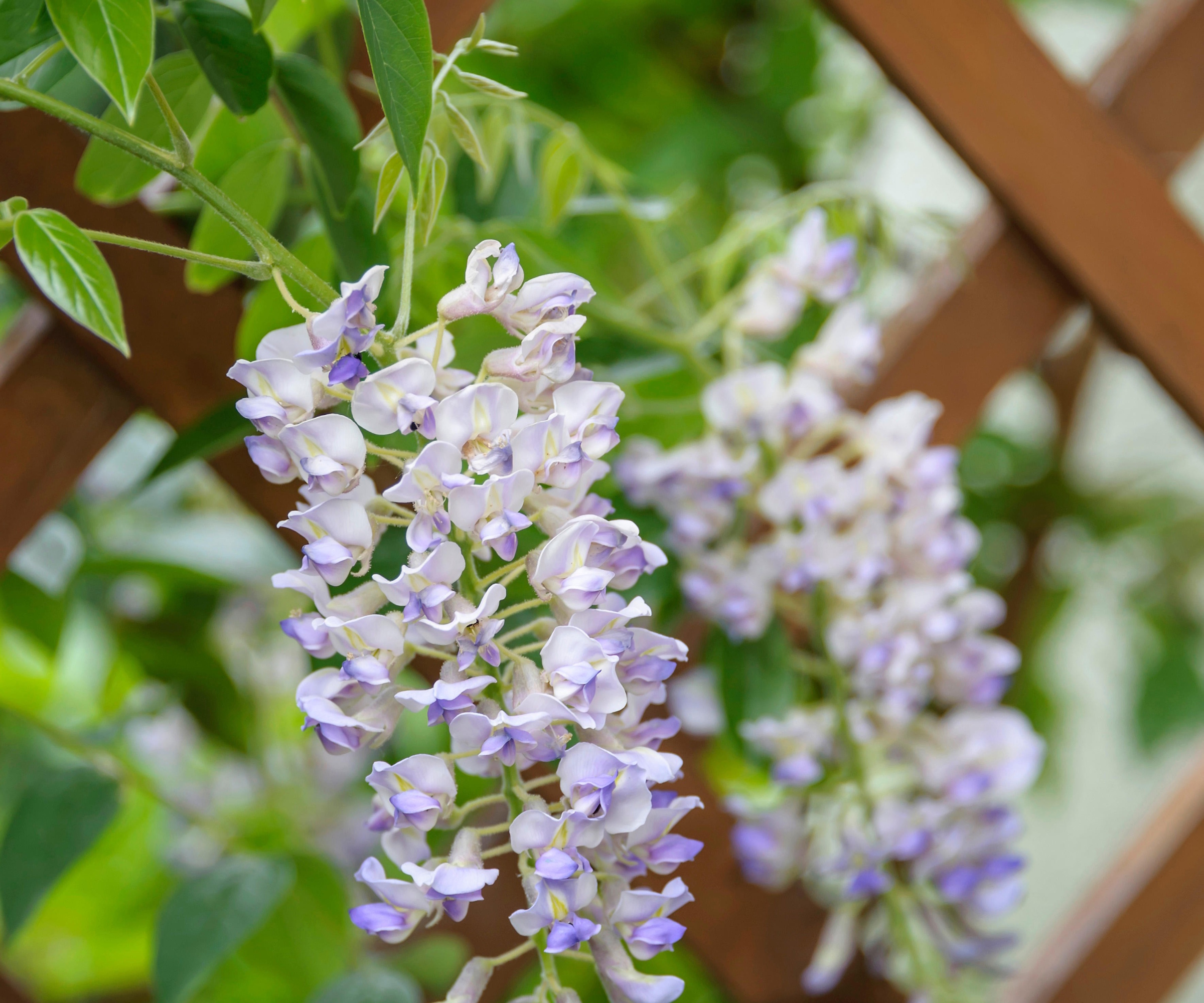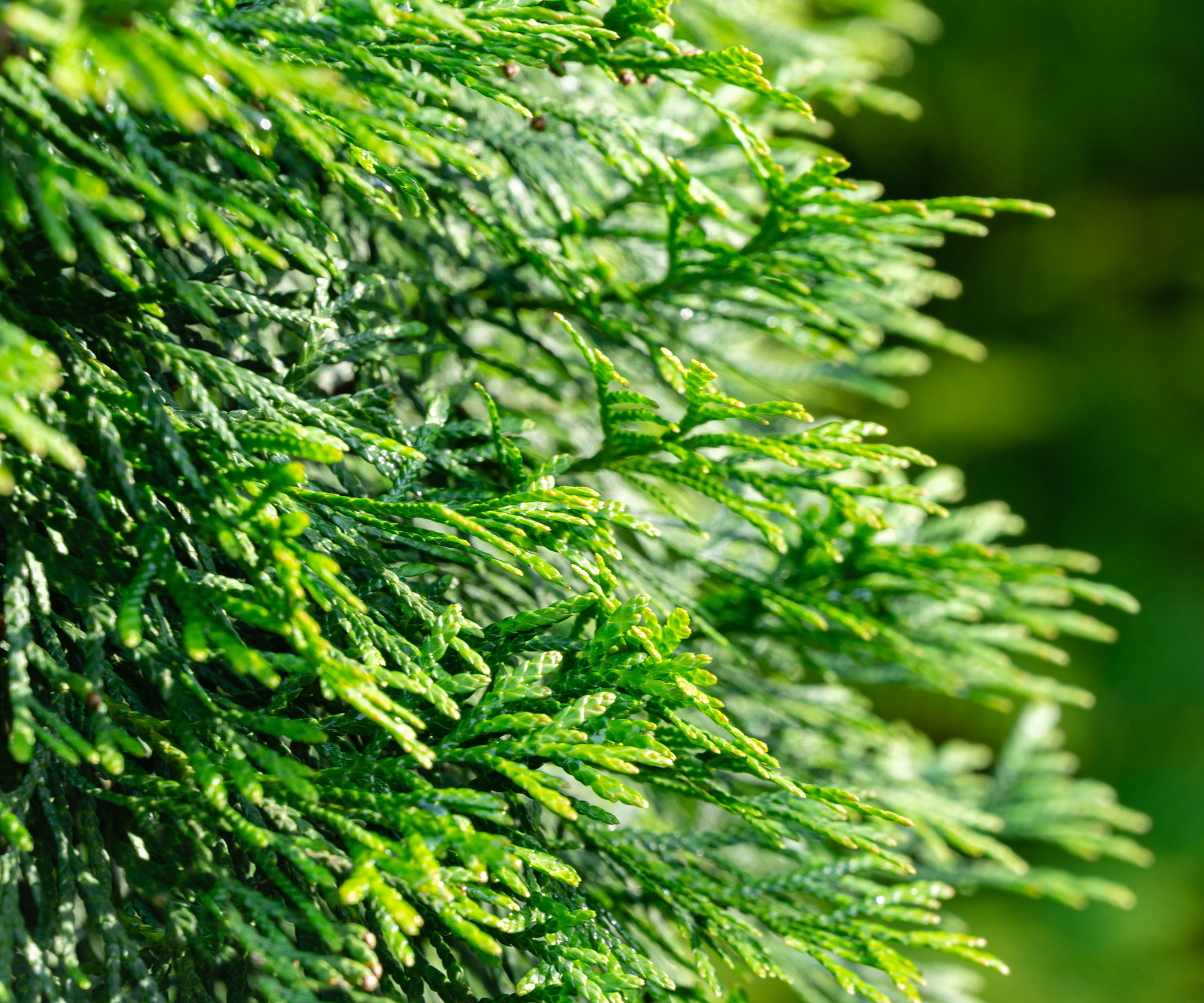Plants never to grow in a front yard to avoid HOA fines – these are the species that risk financial penalties, plus what to grow instead
There are planting restrictions in front yards that all homeowners should be aware of


Your home may be your castle, but if it’s part of a homeowners association (HOA), consider your home’s front-facing landscape to be governed by someone other than you. An HOA is an organization within a residential community such as a subdivision or planned development, that creates and enforces rules for the properties and residents within its purview.
When you buy a home within an HOA, you automatically become a member and are subject to these HOA guidelines. An HOA’s governance includes details regarding the content and maintenance of a home’s landscape. While each HOA is separate and distinct, many share common restrictions around what homeowners cannot plant in their front yards.
Generally speaking, the rules set by the HOA are meant to be for the benefit of the community. When it comes to landscapes, for example, HOAs can help protect their homeowners from invasive plants accidentally brought into the community by providing them with their own list of front-yard landscaping ideas. In this article, experts provide some reasons why these landscape restrictions exist for the front yard, which plants never to grow in a small front yard, and some ideas for what you may consider using as alternatives.
HOAs’ reasons for front yard planting restrictions

Front yard landscaping guidelines are included in HOA rules for several reasons, including to maintain the character of the community and for safety.
‘Homeowner associations can be surprisingly strict when it comes to what you can grow and where, especially in states like Texas, Florida, and parts of California where curb appeal and neighborhood uniformity are heavily regulated,’ says Benson Varghese, Board Certified Lawyer and Founder and Managing Partner of Varghese Summersett in Texas.
‘Often, the rationale is aesthetics, safety, or one of wanting to maintain property values.’
Some of the plants never to plant in a front yard to avoid HOA fines can range from being too tall or too full, meaning they can block windows, obscure entry doors and block house address numbers, making assessment by and access to emergency services difficult, putting people and property at risk.
Design expertise in your inbox – from inspiring decorating ideas and beautiful celebrity homes to practical gardening advice and shopping round-ups.
Barbara Robinson, Property Environment Specialist at WeatherSolve Structures Inc., says plants will be placed on the restricted list due to height and visibility.
‘If plants or perennials spread, shed or attract birds and bees in a way that hits public view, it tends to land on the restriction list,’ Barbara says.
‘Anything that looks like farming or disrupts the curb line gets denied. Even fast-growing ornamental grasses over 4 feet tall might be banned in front yards if they obscure windows or signage. On the flip side, those same plants in a backyard, shielded by fencing, get a pass because they are technically out of sight.’
The story a plant tells from the street is also a factor. ‘In other words,’ Barbara says, ‘would someone driving by think you skipped maintenance? Would it look like it belongs in a park or a farm? If the answer leans yes, expect it to be limited to the backyard.’

Benson Varghese is a Board Certified Criminal Lawyer and a criminal defense attorney, as well as the founder and Managing Partner of Varghese Summersett, a 50-person law firm in Texas. He is also the founder of Lawft, a law practice manager SaaS.

Barbara Robinson is Property Environment Specialist at WeatherSolve Structures Inc. She works with regulated residential zones and HOA-controlled neighborhoods on structural design and environmental planning. Her experience spans over 30 years in managing external environments where plant behavior meets policy.
What do HOAs typically restrict from front yards?

Homeowners associations take care when considering plants to limit or completely ban from member properties.
‘HOAs tend to restrict anything in the front yard that draws insects, creates a mess or grows unpredictably,’ says Michael Benoit, an expert in HOA Compliance Risk and Contractor Landscape Regulations and the founder of California Contractor Bond & Insurance Services.
Citrus trees or mulberry trees, for instance, will drop fruit and create a mess on lawns and sidewalks and attract insects, wasps and wildlife.
Other plants never to plant in a front yard to avoid HOA fines include:
Vining plants: ‘Plants like wisteria or trumpet vine often get flagged for climbing walls and damaging paint or stucco,’ Michael says. He points out that those plants are rarely restricted behind a privacy fence.
‘Once they are out of sight from the street, most HOAs treat them as a personal gardening choice.’
Vegetables: ‘Tomatoes, squash and corn tend to be banned in front yards because they need cages or structures, grow unevenly, and attract rodents,’ Michael says. ‘I have reviewed covenants, conditions and restrictions (CC&Rs) that specifically limit edibles to rear plots only.’
Fast-growing shrubs: ‘Oleander and photinia are often excluded from front yards because they block sightlines and require frequent trimming,’ Michael explains.
This goes for fast-growing hedging such as Thuja ‘Green Giant’ arborvitae. He says agaves and cacti may also be banned if they sit too close to sidewalks due to the liability of their spines within a public way. Roses and other thorny bushes would also fit in this category.
Trees: ‘Certain types of trees like palms in desert climates or fast-growing willows near sidewalks are often banned from the front due to root spread, breakage, or water consumption,’ Benson says. ‘These might be allowed in rear yards with more space and fewer underground utilities.’

Michael Benoit is an expert in HOA Compliance Risk & Contractor Landscape Regulations and the founder of California Contractor Bond & Insurance Services. He have spent the past 15 years working with contractors, developers, and homeowners navigating insurance and compliance issues inside HOA-managed properties.
What are the penalties?

Penalties for breaking the homeowners association rules about restricted plants vary from association to association.
‘Violating these HOA rules may result in written warnings, fines, or even legal action if the issue persists,’ says Benson. He says some associations levy fines per day until the plant is removed or charge for landscaping changes needed to correct the violation.
‘Homeowners typically have the right to request a hearing or appeal through the HOA board. They may also report to the Texas Real Estate Commission or an analogous monitoring agency in their state if they feel the law is being applied unevenly or infringes state protections for gardens or eco-friendly measures.’
Michael advises reading the CC&Rs if you are planning on installing plants on your HOA-regulated property.
‘Cross-check height and spread limits line by line,’ he says. ‘Keep in mind, some HOAs fine $250 per violation per month if you do not comply after written notice. It is always easier to swap the plant before it goes in the ground than after it grows roots.’
‘Knowing the precise HOA rules before planting is essential since, in these situations, requesting forgiveness sometimes costs more than requesting permission,’ Benson comments.
Front yard alternatives

The horticulture world is full of similar-but-different alternatives to the plants typically banned by HOAs.
An alternative to fast-growing ‘Green Giant’ arborvitae, typically used for hedging, is ‘Junior Giant’ arborvitae, says Angela Treadwell-Palmer of plant breeders’ agents Plants Nouveau.
‘It’s 60% the size of ‘Green Giant’ and it’s denser, which means you don’t have to trim it to make it look full,’ she says. ‘You can easily keep it at 6-ft. tall by trimming it once a year.’
Thuja ‘Junior Giant’ is available at Fast Growing Trees.
Shears to trim your front yard hedges are available on Amazon.
‘There are a lot of edibles that are very ornamental,’ says Katie Elzer-Peters, avid gardener and owner of horticulture industry marketing agency The Garden of Words.
‘No one would have any idea that edibles like rhubarb, Swiss chard, fennel, onions and sweet potatoes are growing in your yard.’
Katie will plant any edible that doesn’t require extra support in her front yard for the greenery it provides.
‘Plant fennel, parsley, dill and any leafy greens, things you don’t even have to hide, as part of your annuals. It’s just a bonus that you can eat them. And unless someone is paying a lot of attention to your yard, they’re not really going to know.’
Seeds of a variety of leafy greens are available from True Leaf Market.

Angela has a Bachelor of Science in Ornamental Horticulture and Landscape Design from the University of Delaware. Before embarking on Plants Nouveau, she managed the staff and development of half of the collections at the U.S. National Arboretum in Washington, DC, as well as their Elite Plant Introduction Program. She was also a perennial buyer/grower for one of the largest retail garden centers on the East Coast and managed the Plant Introduction Program for Chicagoland Grows®, Inc., the plant introduction program of the Chicago Botanic Garden and the Morton Arboretum. She served as the Director of New Products for one of the largest wholesale nurseries on the East Coast, The Conard-Pyle Co.

Katie Elzer-Peters is the founder and CEO of The Garden of Words, LLC, a digital marketing firm that specializes in email marketing, web development, web strategy, and business development for green industry clients. For 15 years she has helped green industry businesses of every size grow and thrive in the age of technology. Katie and her team specialize in making digital marketing tools and tips accessible to everyone, regardless of background or experience. She has a B.S. in horticulture from Purdue University and an M.S. in Public Garden Management from the University of Delaware and Longwood Gardens and is a member of the Society of Fellows of Longwood Gardens.
FAQs
Can I plant blueberry bushes in my front yard? They bear fruit but are also pretty shrubs.
‘Blueberry bushes are in that sweet spot: both useful and ornamental, but it is best to check with your specific HOA’ Barbara says. She points to their beautiful fall foliage, their nutrition for pollinators and birds, and their design aesthetic when planted with ornamental grasses or slow-growing shrubs.
‘When neighborhoods allow edibles in decorative landscaping, they are actually investing in more than aesthetics. They are hedging against fragility in the food system while quietly reinforcing climate resilience… all from the comfort of the front yard!’
Luckily, most of the plants restricted from use in the front yard are permissible in the back of the house. There you can grow fruit trees, vegetable gardens and large shrubs to your likely, as long as they don’t impede your neighbors.
To learn more about how homeowners associations can impose restrictions on other aspects of a property, read our guide on HOA watering violations and what you need to know when you turn on the hose or sprinkler system.

Ellen Wells is a horticultural communications consultant with 30 years experience writing about all aspects of the gardening world, and for GardeningKnowHow.com since 2024. She specializes in retail horticulture, vegetable gardening and tropical plants. Ellen is based in southern New England where she gardens in zone 7a.
You must confirm your public display name before commenting
Please logout and then login again, you will then be prompted to enter your display name.